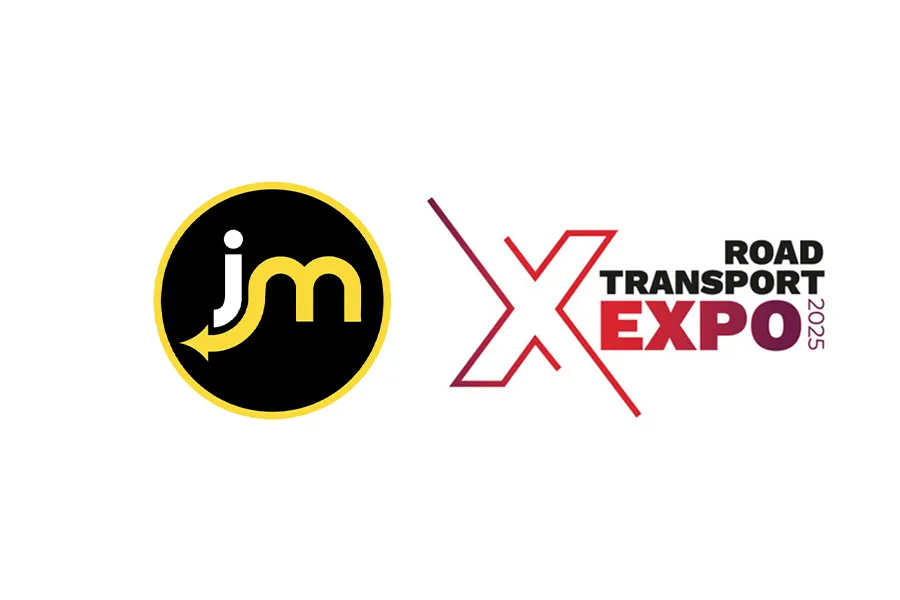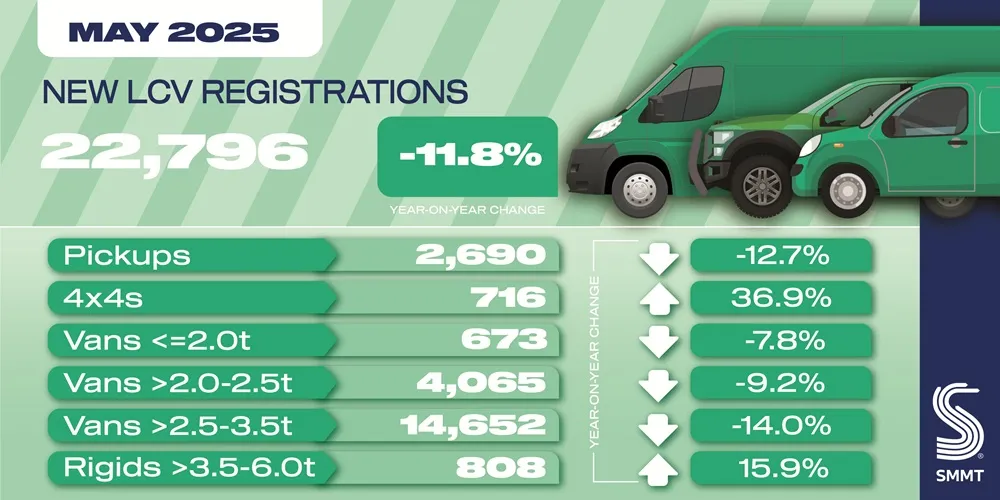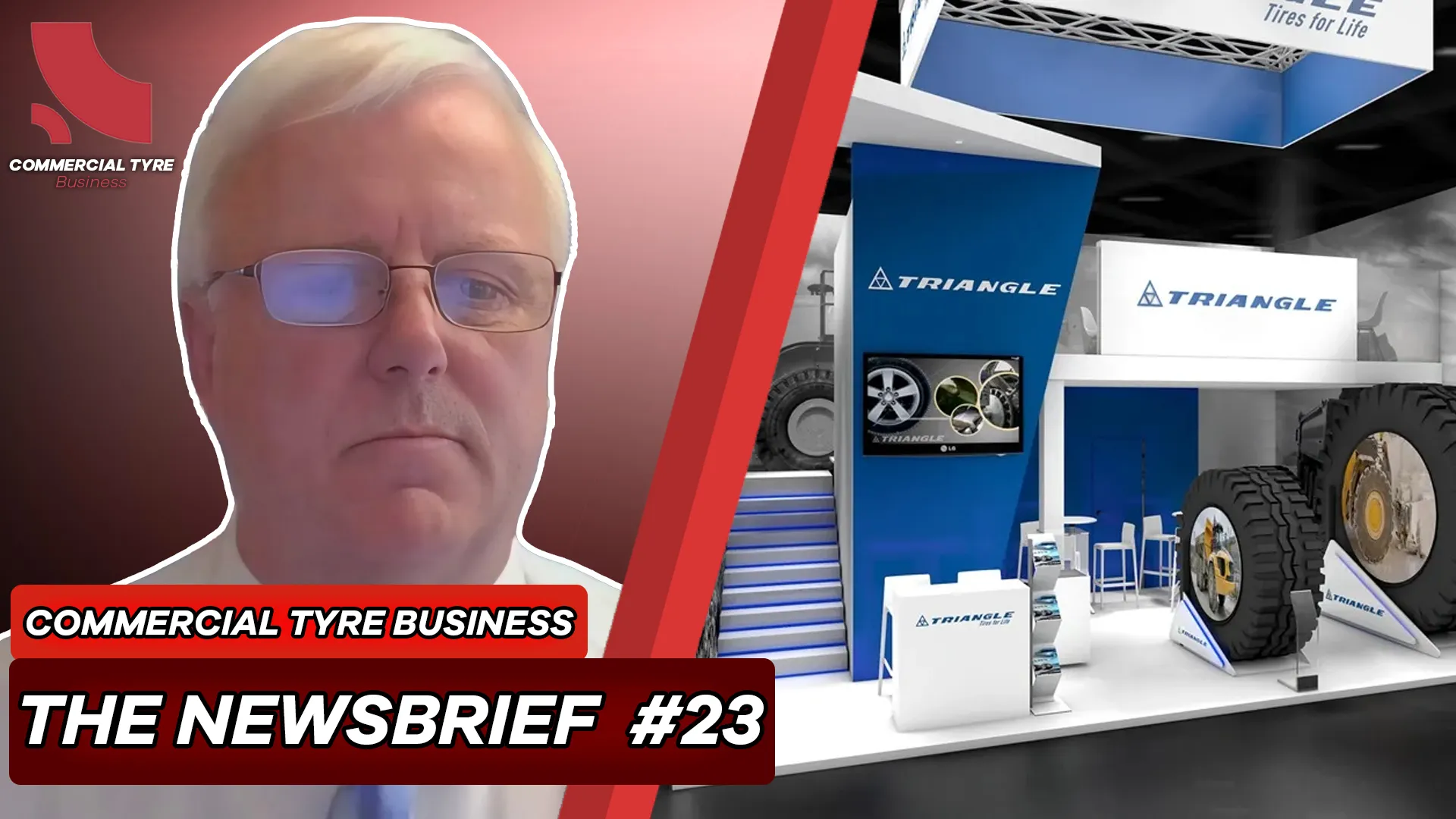A joint development between Continental and the bus manufacturer VDL Bus & Coach has yielded prototypes for electric bus tyres. The prototypes offer impressive wet handling on the Contidrom test track and face complex technical trade-offs and new requirements.
Electric Bus Tyre Prototypes Tested at Continental’s Contidrom
Automotive and commercial vehicle manufacturers are not alone in changing their processes to accommodate electric mobility. Tyre manufacturers must also come up with new concepts to accommodate this new form of drive. A particularly demanding field, ...
Electric Bus Tyre Prototypes Tested at Continental’s Contidrom
Automotive and commercial vehicle manufacturers are not alone in changing their processes to accommodate electric mobility. Tyre manufacturers must also come up with new concepts to accommodate this new form of drive. A particularly demanding field, ...








